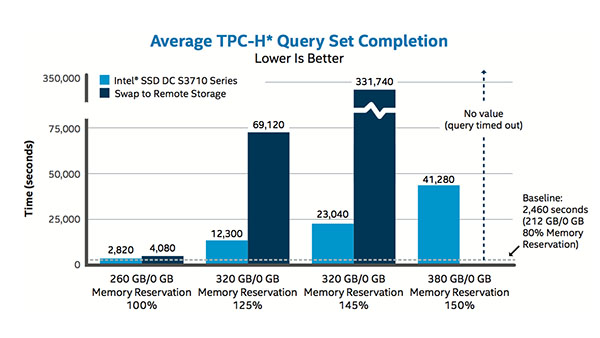Increasing Private Cloud Host Virtualization with Servers and SSDs

IT Best Practices: Intel IT’s enterprise private cloud has seen reduced total cost of ownership (TCO) annually and maintains a goal of absorbing private cloud growth while reducing absolute spending. To achieve this aggressive goal, continuous improvements in infrastructure efficiency and performance are required. In the second half of 2015, Intel IT evaluated two use cases with an Intel Solid State Drive (Intel SSD) to assess whether changes to our cloud hardware bill of materials were warranted to support the costs and efficiency goals.
Intel IT’s prior-generation cloud host hardware bill of materials utilized a blade architecture, SAS disk controller, and dual mirrored hard disk drives (HDDs) to handle the host operating system and boot processes. In our periodic hardware plan of record review cycle, the economics of declining SSD prices provided the opportunity for elimination of HDDs in favor of a single Intel SSD.
In our study, we found private cloud hosts based on the Intel Xeon processor E5-2698 v3 utilizing an Intel SSD for host swap cache in a memory-constrained environment were the most efficient. The tests showed that a modest increase in server cost was offset by a rise in private cloud pool hosting and virtualization performance throughput. There was significant increase in performance when contrasted to relying on storage area network (SAN)-based storage for host swap cache. For our cloud hosts, using the SSD as the boot drive eliminated the SAS controller and mirrored drives from our cloud host bill of materials—reducing our compute hardware cost by 4.7 percent.
For more information on Intel IT Best Practices, please visit intel.com/IT
Posted in:
Cloud Computing, Intel, Intel IT, IT White Papers, IT@Intel

